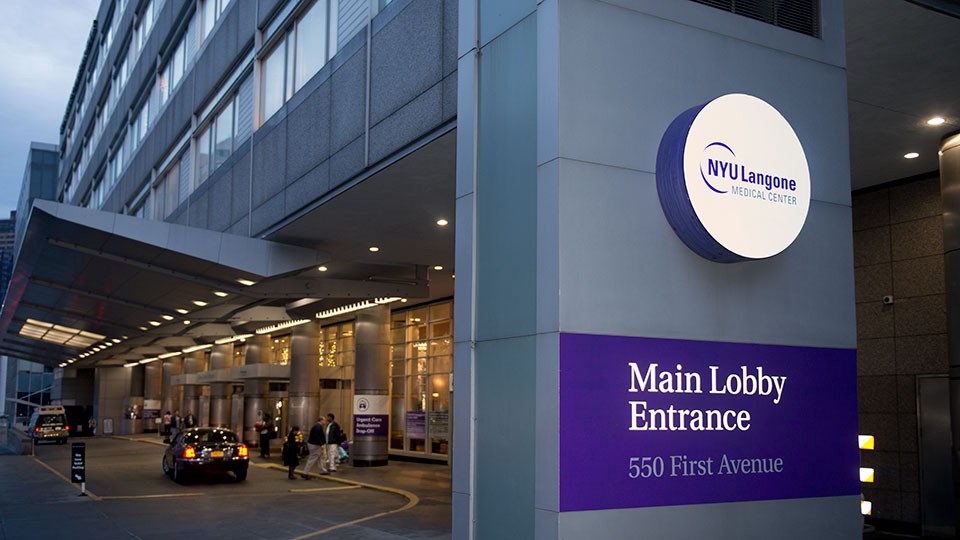New York: As an emergency medicine physician of Indian-origin in New York City, Dr Kamini Doobay has always known that death is part of the territory when trying to care for the sick.
But it hasn’t always been like this – patients hit the hardest by the coronavirus, struggling to breathe and on ventilators, with no visitors allowed because of strict protocols to prevent spreading the virus.
“So often a patient will be on their deathbed, dying alone, and it’s been incredibly painful to see the suffering of family members who I call from the ICU, hearing the tears, crying with them on the phone,” said Doobay, 31. “Too many people are dying alone with absolutely no family around them. This is one of the most horrific things,” Doobey added.
A third-year resident, Doobay, who works at New York University Langone Medical Centre and Bellevue Hospital, said being among the doctors and other health care workers trying desperately to deal with the wave of sick and dying patients coming into city hospitals is ‘unlike anything I’ve ever experienced, it’s very chaotic, it’s overwhelming’. “I’ve never felt so physically and emotionally burdened in my life, I’ve never felt so deeply sad and distraught,” the New York City native informed.
While the coronavirus causes mild or moderate symptoms in most people, it can lead to more severe illnesses, including pneumonia and death for some, like those who are older or have underlying health issues.
The impact it’s had on the city’s hospitals also has health care providers like Doobay worried about their own exposure, and wanting officials in charge to do everything possible to get hospital workers the protective equipment they need to protect their own health.
“We did not go into this field thinking we’re going to be martyrs,” Doobey said. “This is a serious crisis that we’re in and we deserve to be protected. We’re not in a battlefield. We’re not in a war zone.”
And Doobey worries about the kinds of choices all doctors could be faced with: Who should get what kind of help if the number of cases and hospitalisations continues to increase past the point where there is enough equipment, like ventilators, to meet the extreme patient need? Who does that ventilator belong to? These are questions that, you know, I think about when I go home at night and fortunately, haven’t had to make those decisions yet,” she said.
“It’s really painful to see someone die. It’s really painful to not know what the future holds. And we’re really working hard to protect you,” Doobay said. “So I hope that we can all join in solidarity to protect each other.”
AP
